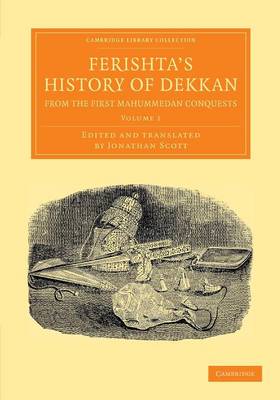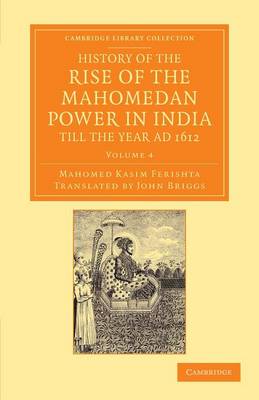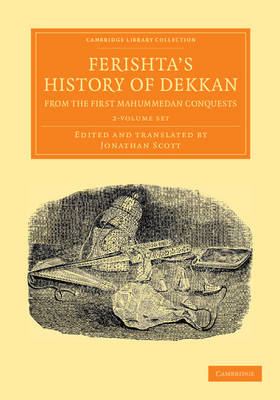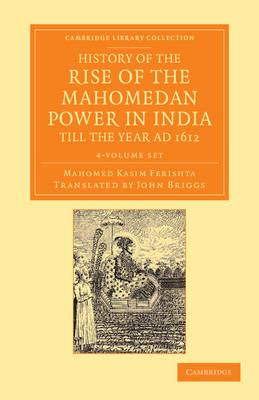Cambridge Library Collection - Perspectives from the Royal Asiatic Society
2 primary works • 8 total works
Volume 2
Ferishta's History of Dekkan, from the First Mahummedan Conquests
by Mahomed Kasim Ferishta
Volume 2
History of the Rise of the Mahomedan Power in India, till the Year AD 1612
by Mahomed Kasim Ferishta
Ferishta's History of Dekkan, from the First Mahummedan Conquests 2 Volume Set
by Mahomed Kasim Ferishta
History of the Rise of the Mahomedan Power in India, till the Year AD 1612 4 Volume Set
by Mahomed Kasim Ferishta
History of the Rise of the Mahomedan Power in India, till the Year AD 1612: Volume 1
by Mahomed Kasim Ferishta
History of the Rise of the Mahomedan Power in India, till the Year AD 1612: Volume 3
by Mahomed Kasim Ferishta




